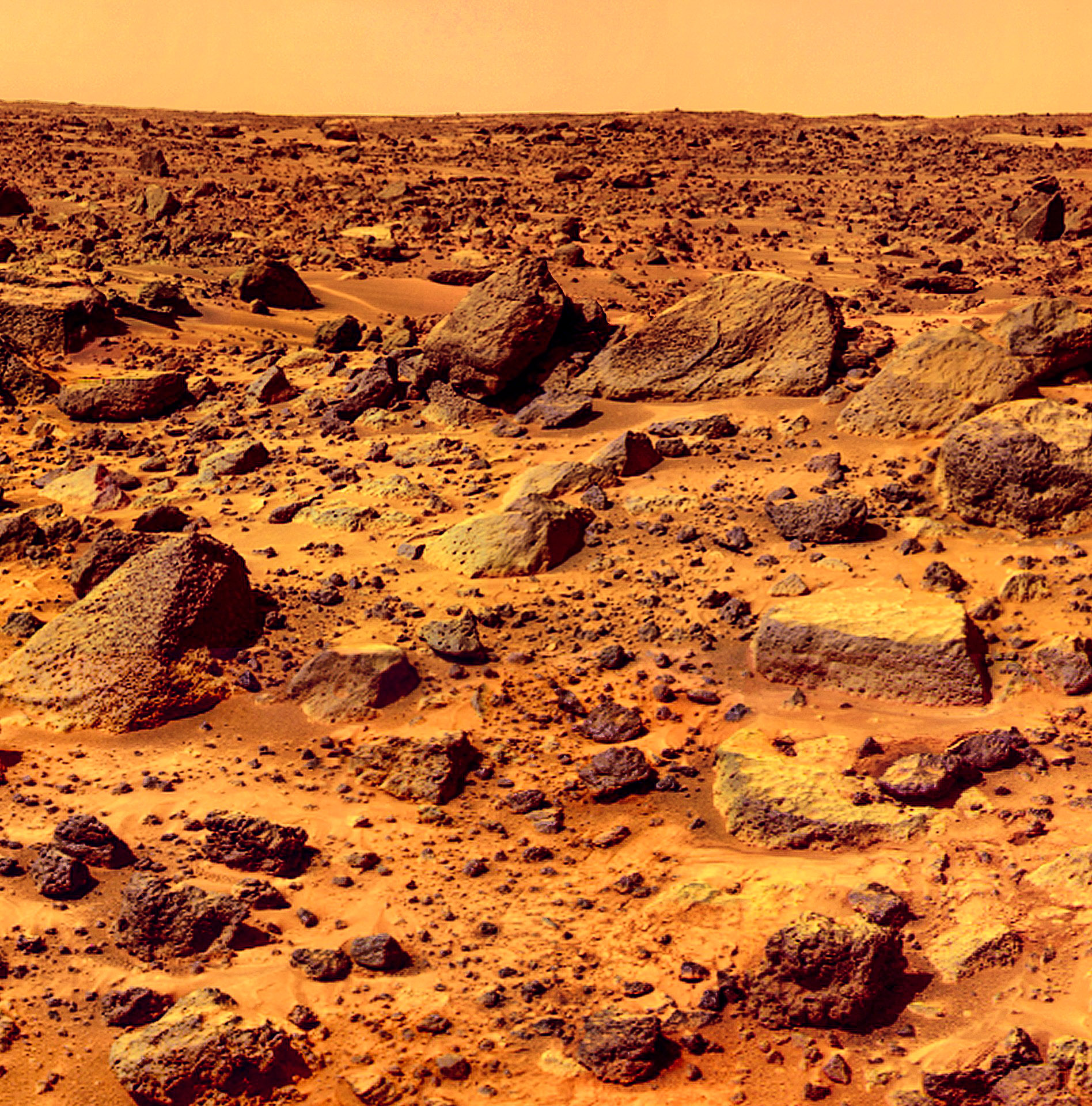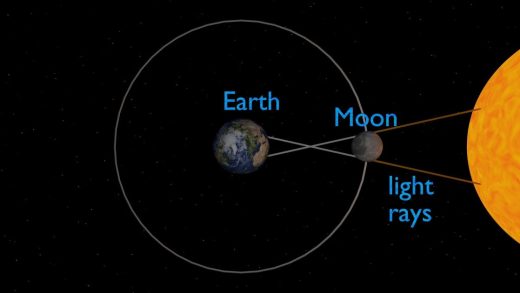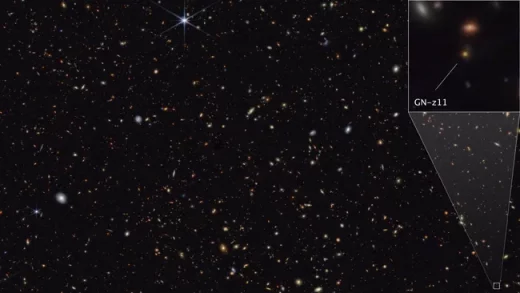NASA’s DART Mission Hits An Asteroid in First-Ever Planetary Defense Test

NASA’s Double Asteroid Redirection Test (DART), which is the agency’s first attempt to move an asteroid in space, successfully impacted its asteroid target on Monday.
The first planetary defense technology demonstration had been in progress at NASA for the past ten months.
At 7:14 p.m. EDT, the successful impact was announced by mission control at the Johns Hopkins Applied Physics Laboratory (APL) in Laurel, Maryland.
DART’s impact with the asteroid Dimorphos illustrates a potential mitigation strategy for defending the Earth from an Earth-bound asteroid or comet, should one be identified as part of NASA’s overall planetary defense strategy.
NASA Administrator Bill Nelson said, “At its core, DART represents an unprecedented success for planetary defense, but it is also a mission of unity with a real benefit for all humanity.”
“As NASA studies the cosmos and our home planet, we’re also working to protect that home, and this international collaboration turned science fiction into science fact, demonstrating one way to protect Earth,” Nelson added.
The DART was aimed at the asteroid moonlet Dimorphos, a small asteroid with a diameter of only 530 feet (160 meters). It orbits around the bigger Didymos, a 2,560-foot (780-meter) asteroid. There is no threat to Earth from either asteroid.
The mission’s successful one-way flight showed that NASA can steer a spacecraft to kinetically contact an asteroid in order to divert it.
The study team will now use ground-based telescopes to observe Dimorphos in order to verify that the asteroid’s orbit around Didymos was altered by the impact of DART. One of the main goals of the full-scale test is to properly measure how much the asteroid was deflected. Researchers predict that the hit will decrease Dimorphos’ orbit by about 1%, or roughly 10 minutes.
According to Thomas Zurbuchen, associate administrator for the Science Mission Directorate at NASA Headquarters in Washington, Planetary Defense is a globally unifying effort that affects everyone living on Earth. “Now we know we can aim a spacecraft with the precision needed to impact even a small body in space. “Just a small change in its speed is all we need to make a significant difference in the path an asteroid travels,” said Zurbuchen.
DART was able to recognize and make a distinction between the two asteroids, enabling it to target the smaller body. The spacecraft’s sole instrument, the Didymos Reconnaissance and Asteroid Camera for Optical Navigation (DRACO), along with a sophisticated guidance, navigation, and control system that works in tandem with Small-body Maneuvering Autonomous Real Time Navigation (SMART Nav) algorithms, made this possible.
With the aim of slightly reducing the asteroid’s orbital speed, these technologies guided the box-shaped spacecraft, weighing 1,260 pounds (570 kilograms), across the final 56,000 miles (90,000 kilometers) of space and into Dimorphos. The final images from DRACO, taken by the spacecraft just before impact, provided a detailed view of Dimorphos’ surface.
The Italian Space Agency’s Light Italian CubeSat for Imaging of Asteroids (LICIACube), a companion CubeSat for DART, was deployed from the spacecraft fifteen days before impact to take pictures of the impact and the asteroid’s expelled material cloud. The LICIACube photos are meant to provide a glimpse of the collision’s effects in conjunction with the DRACO images in order to aid researchers in better analyzing the efficiency of kinetic impact in deflecting an asteroid. Since LICIACube lacks a big antenna, images will be downlinked to Earth one at a time during the next few weeks.
NASA’s Planetary Defense Officer, Lindley Johnson, said that DART’s success provides a significant addition to the essential toolbox we must have to protect Earth from a devastating impact by an asteroid. “This demonstrates we are no longer powerless to prevent this type of natural disaster. Coupled with enhanced capabilities to accelerate finding the remaining hazardous asteroid population by our next Planetary Defense mission, the Near-Earth Object (NEO) Surveyor, a DART successor could provide what we need to save the day,” Johnson added.
An international team is employing dozens of telescopes stationed all around the world and in space to examine the asteroid system because the pair of asteroids is only 7 million miles (11 million kilometers) from Earth. To determine how successfully DART diverted the asteroid, they will analyze the ejecta created and precisely measure the orbital movement of Dimorphos during the next few weeks. The findings will aid in validating and enhancing the scientific computer models that are crucial for estimating how well this method would deflect asteroids.
“This first-of-its-kind mission required incredible preparation and precision, and the team exceeded expectations on all counts,” said APL Director Ralph Semmel. “Beyond the truly exciting success of the technology demonstration, capabilities based on DART could one day be used to change the course of an asteroid to protect our planet and preserve life on Earth as we know it.”
The Hera mission of the European Space Agency will conduct thorough surveys of Dimorphos and Didymos in about four years, with a focus on the crater created by the DART crash and a precise determination of Dimorphos’ mass.
To see the final images before DART’s impact, visit: https://go.nasa.gov/3Rer1NW


